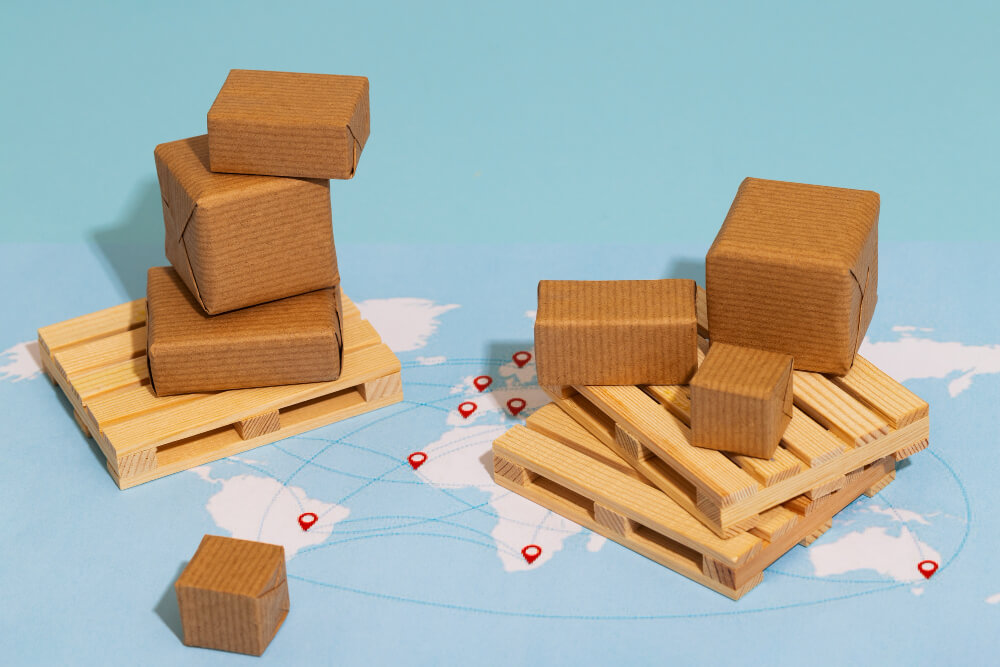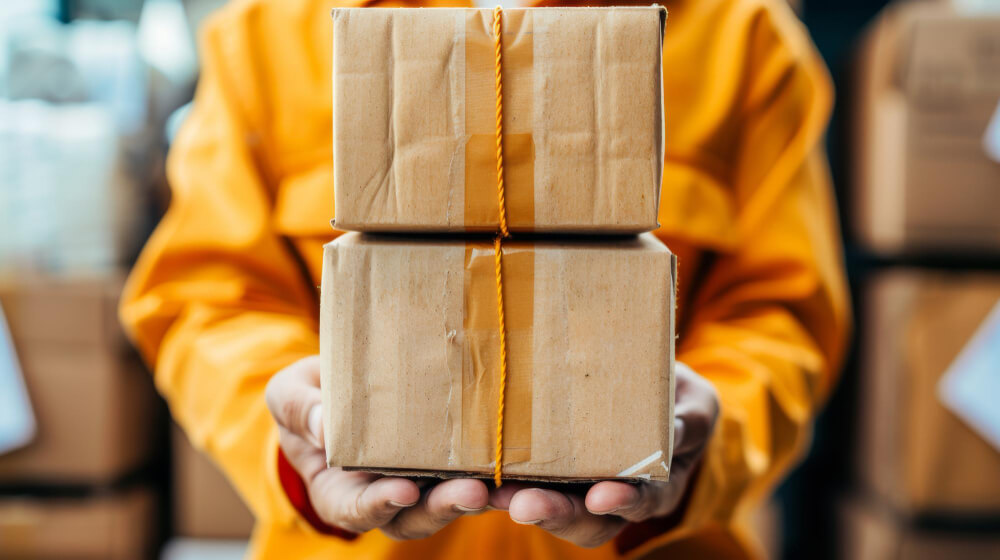
Shipping Boxes Internationally: A Comprehensive Guide
Shipping boxes internationally can be a complex process involving various considerations to ensure your packages reach their destination safely, cost-effectively, and timely. Whether you’re a business owner sending products abroad or an individual mailing gifts to loved ones, understanding the nuances of international shipping can save you time, money, and frustration. In this guide, we will cover everything you need to know about shipping boxes internationally.
Understanding International Shipping
International shipping involves transporting goods from one country to another. This process includes multiple stages, such as packaging, labeling, documentation, customs clearance, and delivery. Ensuring that each step is handled correctly is crucial to avoid delays and additional costs.
Key Considerations
- Packaging: Choosing the right packaging is vital. Durable materials and proper cushioning protect your items during transit. Using high-quality boxes, such as those available here, can make a significant difference.
- Shipping Costs: Shipping rates vary based on the destination, weight, and size of the package. Compare rates from different carriers to find the best deal.
- Customs Regulations: Each country has specific customs regulations. Familiarize yourself with these rules to avoid delays and penalties. Accurate and complete documentation is essential for smooth customs clearance.
- Delivery Times: Delivery times depend on the shipping method chosen. Express shipping is faster but more expensive, while standard shipping is slower but more affordable.
Choosing the Right Packaging
Importance of Proper Packaging
Proper packaging is crucial to protect your items during international transit. The right packaging materials can prevent damage caused by handling, environmental factors, and transportation.
Types of Packaging
- Fold and Assemble Packaging: Ideal for various items, fold and assemble packaging offers flexibility and durability. Learn more about this option here.
- Rectangular Boxes: These boxes are perfect for shipping items of different sizes and shapes. They provide excellent protection and are easy to stack and store. Explore more about rectangular boxes here.
Packaging Tips
- Use Sturdy Boxes: Choose boxes that can withstand the rigors of international shipping.
- Proper Cushioning: Use bubble wrap, foam, or packing peanuts to cushion items inside the box.
- Seal Securely: Use strong packing tape to seal all openings of the box securely.
- Label Clearly: Ensure the shipping label is legible and includes the recipient’s address, return address, and any necessary customs information.
Shipping Methods
Air Freight
Air freight is a fast and efficient method for shipping goods internationally. It’s suitable for time-sensitive shipments but can be more expensive than other methods.
Sea Freight
Sea freight is a cost-effective option for shipping large volumes of goods. While it takes longer than air freight, it’s ideal for non-urgent shipments.
Courier Services
Courier services offer door-to-door delivery, making them convenient for small to medium-sized packages. Popular international courier services include DHL, FedEx, and UPS.
Handling Customs
Documentation
Proper documentation is crucial for smooth customs clearance. The required documents typically include:
- Commercial Invoice: Details about the shipment, including the value and description of the goods.
- Packing List: Information on the contents of the shipment.
- Bill of Lading: A receipt for the cargo and a contract for transportation.
- Certificates of Origin: Proof of the origin of the goods.
Customs Duties and Taxes
Customs duties and taxes vary by country and are based on the value and type of goods being shipped. It’s essential to research and understand the duties and taxes applicable to your shipment.
Tips for Cost-Effective International Shipping
- Compare Shipping Rates: Use online tools to compare rates from different carriers.
- Optimize Package Size and Weight: Reducing the size and weight of your package can lower shipping costs.
- Choose the Right Shipping Method: Balance speed and cost by selecting the appropriate shipping method.
- Negotiate with Carriers: For regular shipments, negotiate with carriers for better rates.
Conclusion
Shipping boxes internationally involves several steps, from selecting the right packaging to handling customs documentation. By understanding the key considerations and following best practices, you can ensure your packages arrive safely and on time. For durable and reliable packaging options, consider exploring fold and assemble packaging and rectangular boxes to meet your shipping needs.
For more detailed information on packaging solutions, visit the following links:


